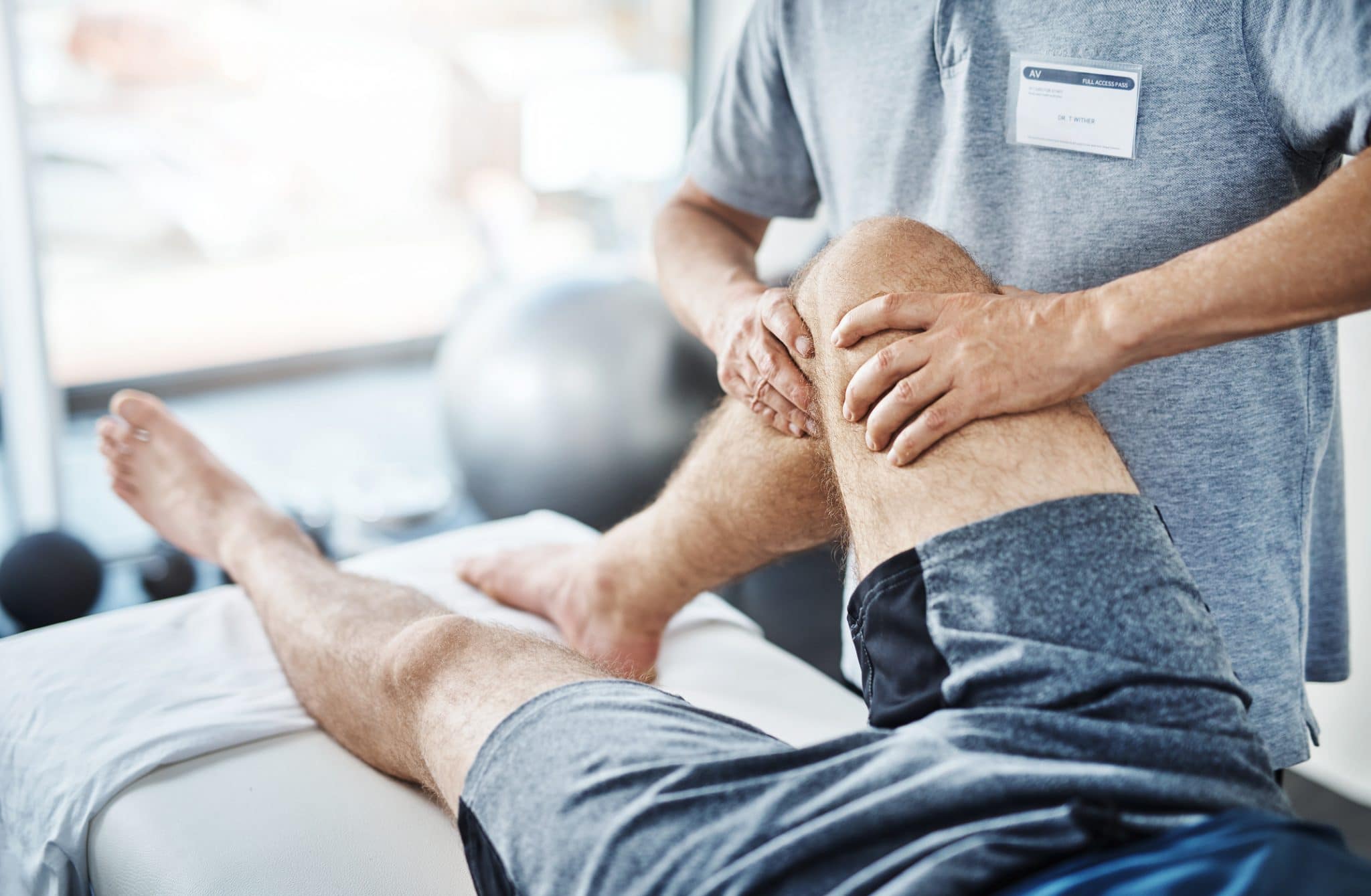Learn About Frequent Sports Ailments as well as Effective Recovery Strategies aimed at Athletes
Learn About Frequent Sports Ailments as well as Effective Recovery Strategies aimed at Athletes
Blog Article
Athletic traumas are frequent among sportspeople of all ages and proficiency levels. These injuries can happen in multiple forms, including sprains, muscle injuries, fractures, and tendonitis. Comprehending the kinds of traumas that can happen during sports events is essential for both avoiding and treatment. Sprains, for example, entail the stretching or rupturing of ligaments, which link skeletal structures at a joint. Muscle injuries, on the other hand, affect muscles or tendons, which attach muscles to skeletal structures. Identifying these injuries early can assist sportspeople seek suitable care and return to their activity more quickly.
One of the frequently frequently observed traumas in athletics is the foot ligament injury. This trauma often occurs when an athlete lands awkwardly or rotates their ankle during a match. Symptoms of an foot ligament injury include discomfort, inflammation, and trouble walking. Prompt treatment typically includes the R.I.C.E. approach, which stands for Recovery, Cooling, Wrapping, and Lifting. This method aids minimize swelling and discomfort. In severe severe cases, physical treatment may be required to restore strength and flexibility to the ankle before going back visit page to sports.
Another frequent injury is a muscular injury, which can happen in all athletic activity that requires quick movements or heavy weight-bearing. Sportspeople may experience a muscle injury when they stretch a muscular tissue too far or when they exert too great force. Signs include acute discomfort, swelling, and muscular spasms. Rehabilitation for muscle strains often includes light stretching and conditioning exercises. Gradually raising exercise levels is vital to avoid recurrence. Athletes should collaborate closely with a physical therapist to develop a safe and efficient recovery strategy.
Tendonitis is another trauma that can affect athletes, particularly those who participate in repetitive movements, such as joggers or aquatic athletes. This condition occurs when a tendon structure, which links muscular tissue to skeletal structure, becomes swollen. Frequent locations affected by tendon inflammation include the arm, upper arm, and leg. Symptoms often include pain and stiffness, especially during activity. Care for tendon inflammation usually involves rest, ice, and anti-inflammatory medications. In certain cases, physical therapy may be recommended to improve flexibility and power in the injured area.
Preventing sports traumas is just as crucial as addressing them. Sportspeople can minimize their risk of trauma by warming up properly before activities, using the appropriate gear, and keeping good fitness shape. Strength training and stretching workouts can assist prepare the body for the requirements of sports. Additionally, athletes should listen to their bodies and take rest when necessary. By comprehending common athletic traumas and implementing efficient recovery plans, athletes can stay healthy and enjoy their beloved athletic activities for years to follow.